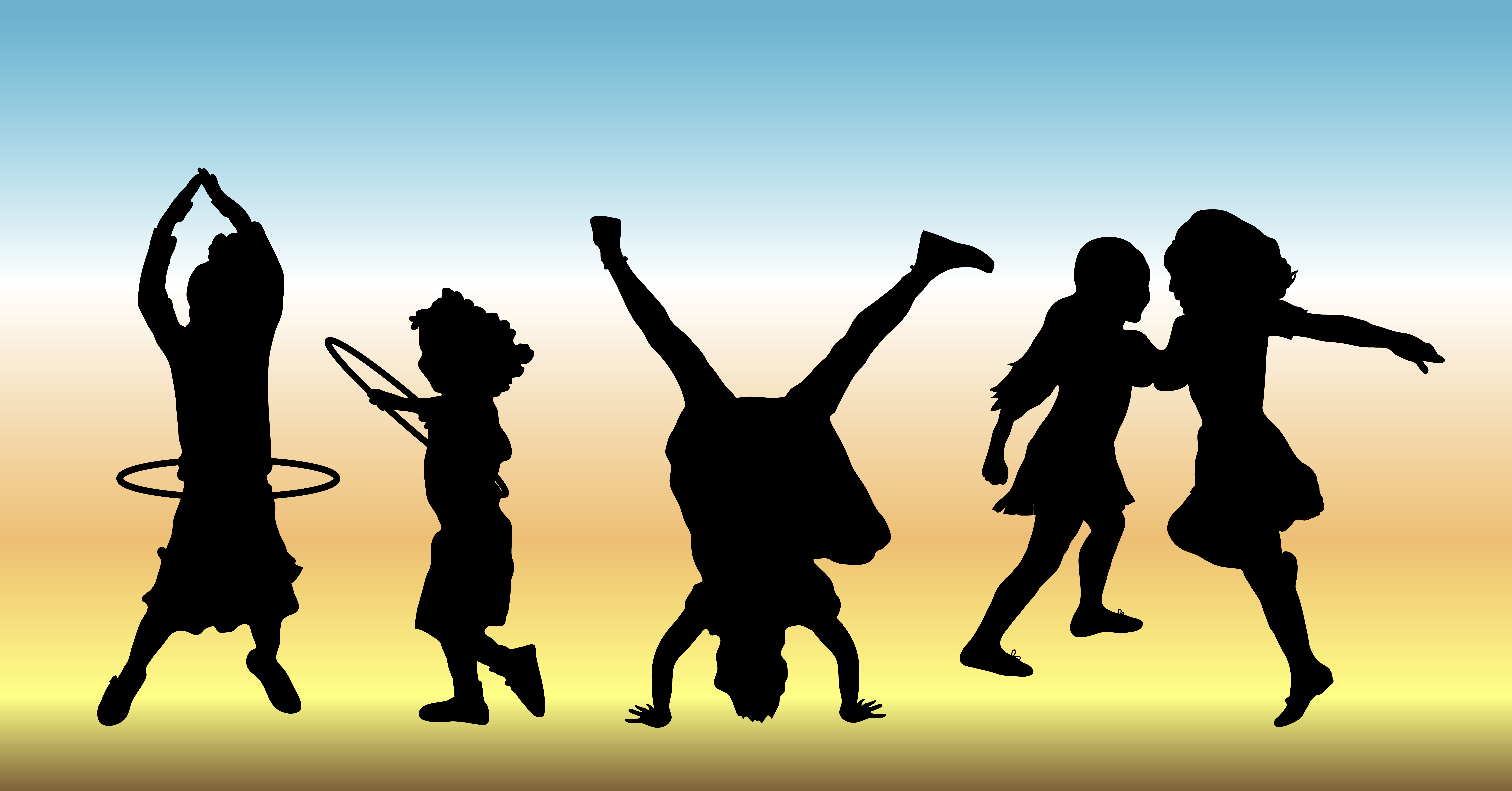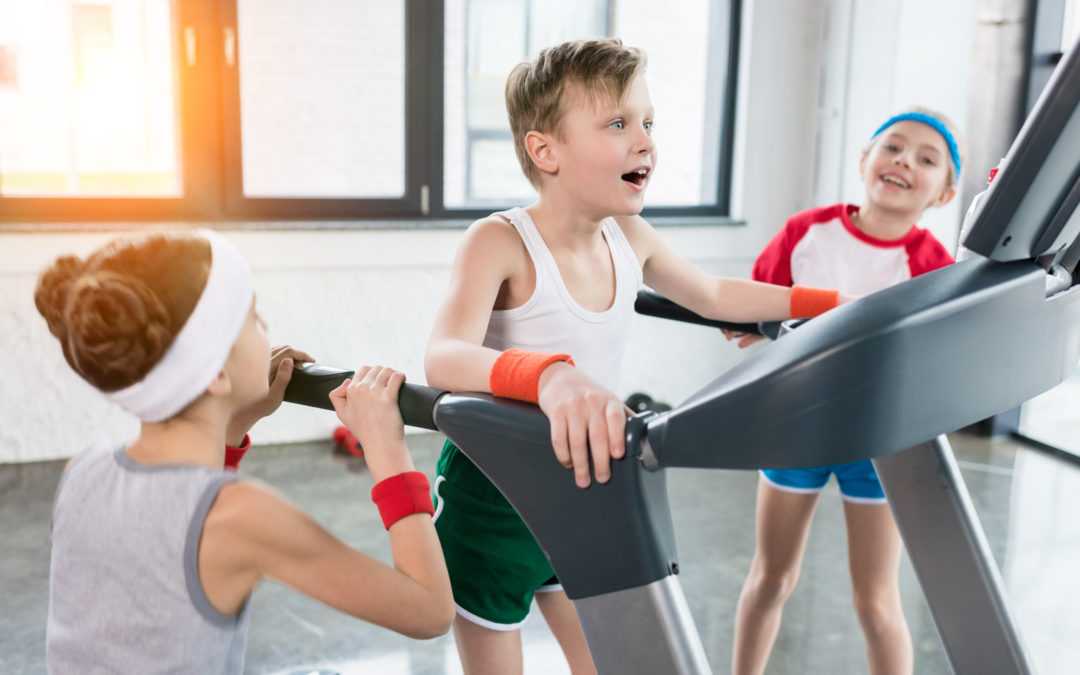Entertaining our young children’s dream of becoming a pro athlete one day is like keeping the dream of Santa Claus alive. We should support It for a while because the magic of the imagination makes them happy and sets a trajectory for positive behavior. It’s when we buy a plane ticket to the North Pole that we begin to have a problem.
Unfortunately, this is exactly what many parents and coaches are doing when they train their 8-year-old as if they are a professional-bound elite athlete and not a child.
I’ve had the opportunity to work with athletes, from Olympians to 6-year old daisy pickers, over the last 20 years as a strength and conditioning coach. One of the unique aspects of being in the youth training business so long is that you get to see these kids grow up. In essence, I’ve gotten to witness the long- term fruits of our labor.
 Over 20 years, working with thousands of kids on elite travel teams, state select teams, and even junior Olympic teams, I can count on one hand how many of them have grown to make money playing a sport.
Over 20 years, working with thousands of kids on elite travel teams, state select teams, and even junior Olympic teams, I can count on one hand how many of them have grown to make money playing a sport.
Even out of these lucky few, I don’t know if I can report than any of them have made “forever” money.
The reality is that even youngsters at the pinnacle of performance will eventually either chose or be forced to leave their sport and join the rest of the world. A world in which they have to balance making a living, taking care of people close to them, and staying healthy so they can continue thriving for decades.
The kids I consider my “biggest successes” have grown to embrace these very things in the adult world.
With these realities in mind, what should all of this mean for coaches when it comes to creating a long-term approach to training youngsters?
The most important thing we must understand as fitness professionals, parents, and coaches is that training young kids to have the tools to be active for life and training them to have the tools to be a professional athlete are not mutually exclusive. They should actually encompass the exact same approach, particularly prior to puberty.
 Consider the human continuum from infant to adult. As strength and conditioning coaches for youth, we encounter kids during various stages on this continuum. Regardless of the stage in which we begin working with them, if we truly believe in long term development, our goal for the right end of the continuum (adulthood) is either professional sports, lifelong physical activity and health, and/or of course, both.
Consider the human continuum from infant to adult. As strength and conditioning coaches for youth, we encounter kids during various stages on this continuum. Regardless of the stage in which we begin working with them, if we truly believe in long term development, our goal for the right end of the continuum (adulthood) is either professional sports, lifelong physical activity and health, and/or of course, both.
Regardless of the statistical odds of our program rendering one over the other, we can keep both ideas on the board.
Research and anecdotal observation has identified three critical aspects of a program designed to maximize the likelihood of either a child having long term athletic success and/or being active for a lifetime:
-
They must have a positive experience with the activity. The greatest determinate of both long term athletic success as well as the interest and ability to be active for life is a child’s level of enjoyment with an activity.
-
They must minimize injury. Frequent chronic and acute injury during the developmental years decreases the likelihood and overall ability to compete and participate in the long term.
-
They must develop a wide array of physical skills, both for specific sports and activities as well as for the complete development of the neuromuscular system.
Whether they’re going to end up a professional athlete or just an adult who is capable and interested in being active for a lifetime, all three of the above are critical results of developmental program.
Consider the detriment to the above goals when we approach a strength and  conditioning program for a 9-year-old as if they’re a “basketball player”. They would come to us after practice and we would focus primarily on developing the physical skills needed for basketball, like first step quickness, vertical jump, and lateral speed.
conditioning program for a 9-year-old as if they’re a “basketball player”. They would come to us after practice and we would focus primarily on developing the physical skills needed for basketball, like first step quickness, vertical jump, and lateral speed.
They may or may not enjoy the training, but early specialization in a strength and conditioning program contributes to the pitfalls of early specialization in any sport. The likelihood of burnout and injury increase. The myopic focus on the handful of physical skills needed for the specific sport interferes with developing the broad array of skills needed to thrive outside of the context of that sport. All of these outcomes decrease the odds of accomplishing one or both of our long-term goals with a youngster.
Aside from some extremely limited exceptions where peak performance for a sport is achieved at a young age, a strength and conditioning coach should think of themselves as a physical education teacher more than a sports performance specialist when working with kids prior to puberty.
As a matter of fact, for a deconditioned or overspecialized pubescent child, the same would remain true.

What would a PE teacher do with 9 year olds? Aside from sport introduction, they would be teaching them to run, jump, skip, shuffle, tumble, throw, catch, kick, punch, and perform other skills in the context of games, multiple sports, obstacle courses, circuits, and other educational vehicles. For a young baseball player? Same thing. For a young golfer? Same thing. For a young equestrian competitor? You get the picture.
Prior to puberty, there are some neuromuscular milestones such as nerve myelination and the beginning of the pubertal transition that may impact certain programming variables. These variables, such as the activities used, loads introduced and expectation for movement execution, should change as a child progresses through development. However, programming for neuromuscular development vs. the needs of a single sport prior to puberty sets kids up for lifetime success.
The variety of movement and coordinative demands creates a resilient, injury resistant body that is programmed to learn and execute new skills quickly.
 Additionally, a soccer player than can throw and catch, a lacrosse player that can dribble a soccer ball, and a golfer than knows how to jump and land will have a diverse and highly effective brain-body connection when their sport, or their life demands performance.
Additionally, a soccer player than can throw and catch, a lacrosse player that can dribble a soccer ball, and a golfer than knows how to jump and land will have a diverse and highly effective brain-body connection when their sport, or their life demands performance.
Some critical changes happen during puberty that merit matching a strength and conditioning program closer to the needs of the sport for injury prevention and performance. This is where a program for a recreational exerciser and an athlete would diverge more profoundly. Not that the higher level athletic skills wouldn’t help the exerciser, it’s just that they may not enjoy the environment.
Assuming they continue to be active throughout puberty and adulthood however, you have achieved one of your primary goals as a strength and conditioning coach.
If you’re currently a youth strength and conditioning coach that works with kids prior to puberty, evaluate your approach. Are you falling in to the parent and coach panic trap of preparing for next weekend’s tournament, or are you being a physical educator embracing a long-term process to deliver lasting results?
Let’s create a future of happy, healthy, high performing adults!
[/et_pb_text][/et_pb_column][/et_pb_row][/et_pb_section]
Brett Klika CEO and co-founder of SPIDERfit is an international award- winning certified strength and conditioning coach, author, and motivational speaker with over 20 years experience motivating and inspiring youngsters to a life of health, fitness, and performance.
Brett consults with schools, athletic organizations, fitness professionals, and fortune 500 companies around the world.





Connect with SPIDERfit!